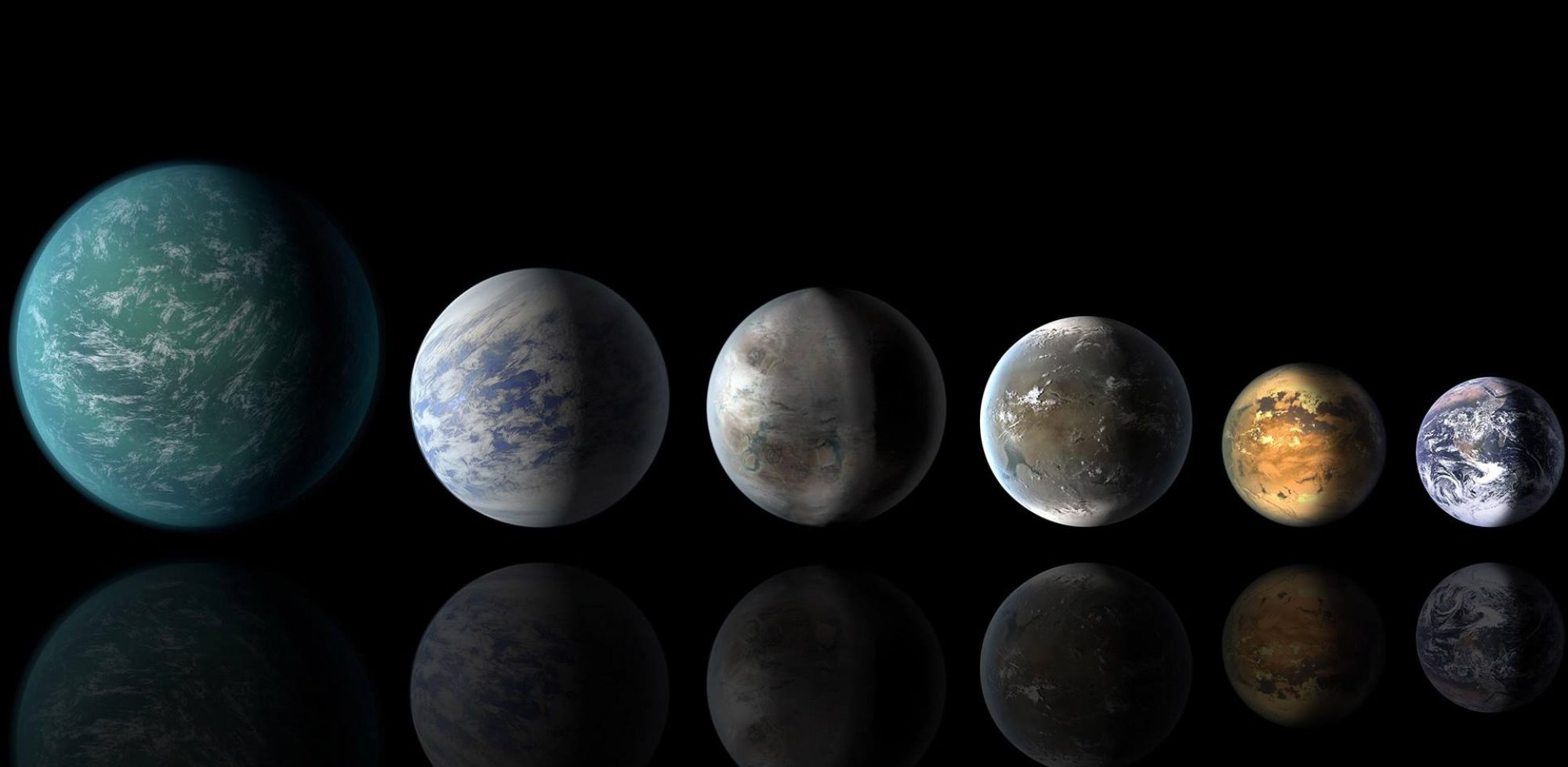It hardly seems possible, but researchers have detected a planet in apparently stable orbit within a three star system -- a configuration now known as a trinary. The ubiquity of binary stars has been understood for some time, and the presence of exoplanets orbiting around and within them is no longer a surprise. But this …
Three Star Ballet, With Exoplanet
It hardly seems possible, but researchers have detected a planet in apparently stable orbit within a three star system -- a configuration now known as a trinary. The ubiquity of binary stars has been understood for some time, and the presence of exoplanets orbiting around and within them is no longer a surprise. But this …
